Key Points
- Babies cry to communicate their needs, including hunger, thirst, tiredness, or the need for comfort
- Placing the baby on their side can help them feel more secure, while gentle patting, rocking, or using a baby swing can provide comforting movement
- It's important to be patient and persistent with settling techniques, as it may take time for the baby to respond and calm down, especially if they are overtired
All babies cry. It’s their way of communicating their needs to us, whether it is hunger, thirst, tiredness or a comforting hug. It can be very stressful for you as a parent when your best attempts to fulfil baby’s needs, don’t result in a sleeping or settled baby. If you’re confident baby is well fed, yet remains unsettled, here are 5 tips for settling and calming your new baby.
Settling your baby on their side
Babies feel vulnerable on their backs and if they are wide awake, restless or unsettled you may have more success settling baby while they are lying on their side. You can do this in your arms, on your lap or in the cot (but never unattended). Once they are calm or asleep, it is very important to roll them gently onto their back for sleeping, according to the SIDS guidelines. Babies should always sleep on their backs, never on their tummies or sides.
Add some movement
Many babies will respond well to gentle patting, swinging, jiggling and rocking. You can do this while holding them in your arms while standing, sitting on the edge of the bed or on a birth ball which gives you a nice up and down motion for settling, or use a baby swing for hands free movement to help baby to drift off to sleep.
Noise, noise, noise!
Baby has been inside your body for many months and it's noisy in there! Your heart beating, your stomach gurgling and all kinds of other noises going on around them have made them quite familiar with a noisy environment. It makes sense to continue this in the outside world when baby is settling and sleeping. You can use the radio, white noise machines or apps, or continuous classical music as low level background sound. This may help baby to drift off and stay asleep for longer.
Touch
New babies have an innate need to feel close to you, they don't in fact know they are separate to you yet! Being close to you, especially when they are unsettled will provide them with warmth, the sound of your heartbeat and your distinct scent, which all helps to calm and settle baby. 'Baby wearing', or carrying baby on your body in a sling / wrap or carrier is a powerful tool in settling your baby.
Patience and persistence
Just because a settling technique doesn't work right away, doesn't mean it won't work at all. Many babies, especially if they are upset and over tired, take time to wind down and calm themselves. Talk gently to your baby, reassure them and perhaps 'shhhhh' to them in their ear as you continue the settling technique you have chosen. Give them time to respond and settle.
About the Author:
Written for Nourish Baby by Rebecca Stone.
Rebecca Stone is a Registered Comprehensive Nurse, Early Parenting Educator and Mum of two. She founded Parent Prep and supports families through their transition to parenthood and during the early parenting stage.
Our Products
-
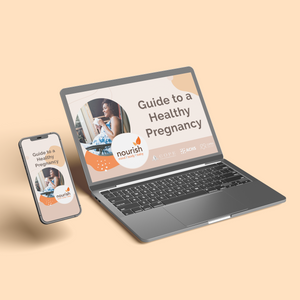
01. Guide to a Healthy Pregnancy
$55 -
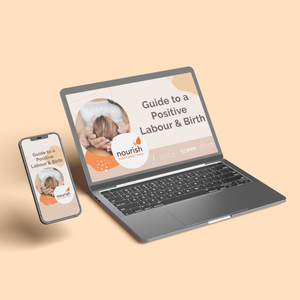
02. Positive Birthing Course
$55 -
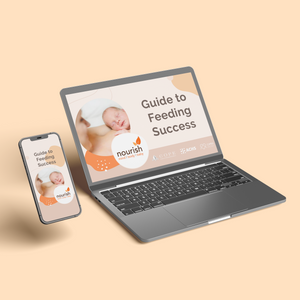
03. Infant Feeding Guide
$55 -
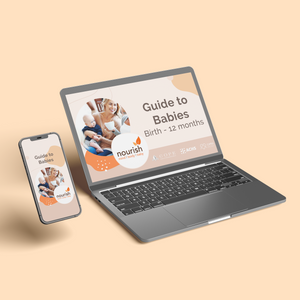
04. Baby Sleep Guide - First 12 Months
$55 -
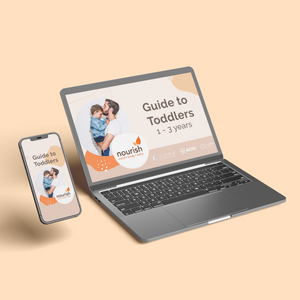
05. Toddler Parenting Course 1 - 3 Years
$55
-
 When to Start Antenatal Classes?
When to Start Antenatal Classes?
Becoming a parent is an incredible milestone, but it comes with a host of changes that can be daunting, especially for first time parents. Antenatal classes are all about offering expectant parents the education they need to make informed decisions, look after their bodies and care for their newborn babies. While you probably already have a long list of things you need to accomplish during your pregnancy, it’s a good idea to make time to attend antenatal classes.
-
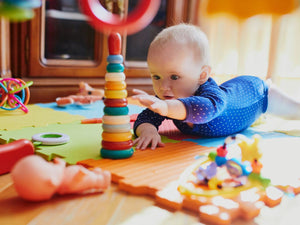 Development Milestones 4-8 Months
Development Milestones 4-8 Months
As they reach the middle of their first year, you'll start to see bigger leaps in their growth and ability!
In this article, we’re going to discuss your baby’s developmental milestones between 4-8 months, and what you can expect along the way.





 When to Start Antenatal Classes?
When to Start Antenatal Classes?
 Development Milestones 4-8 Months
Development Milestones 4-8 Months








